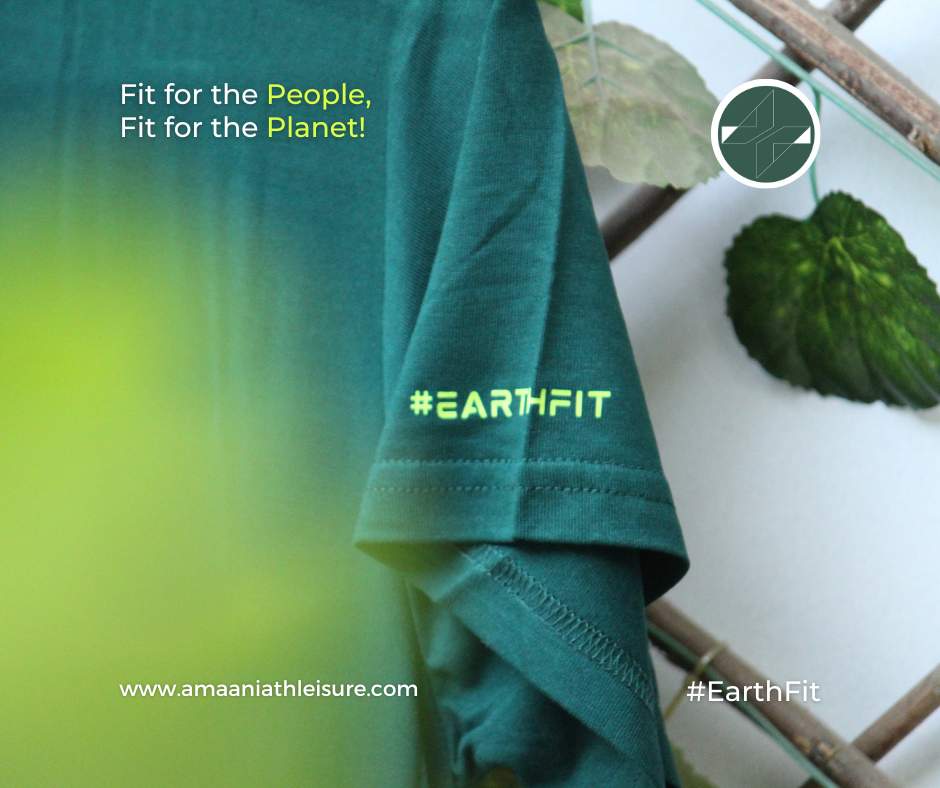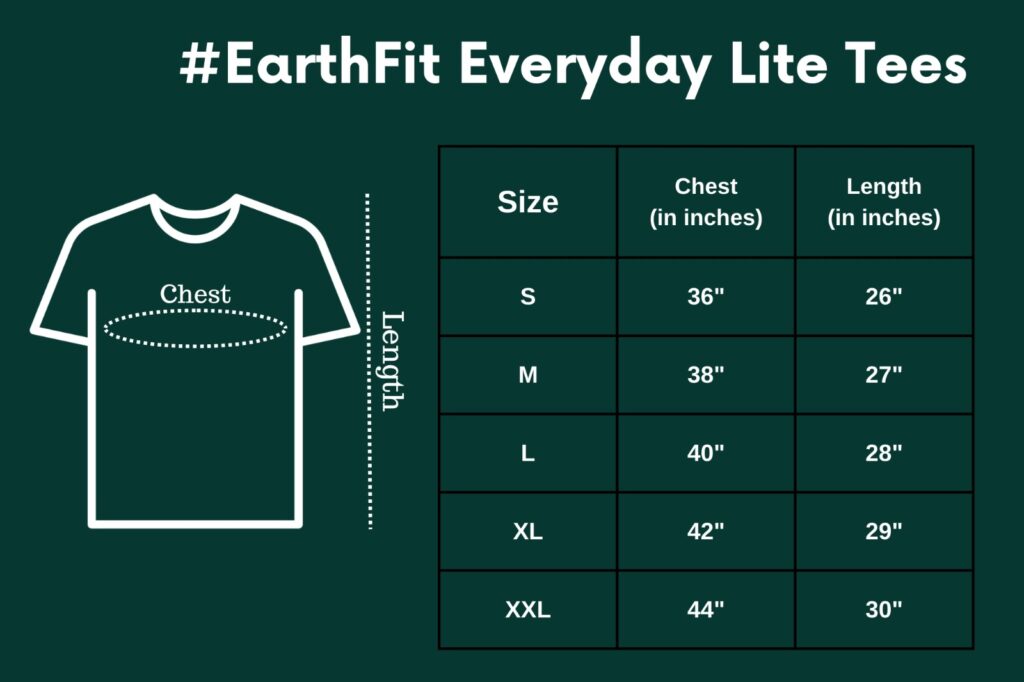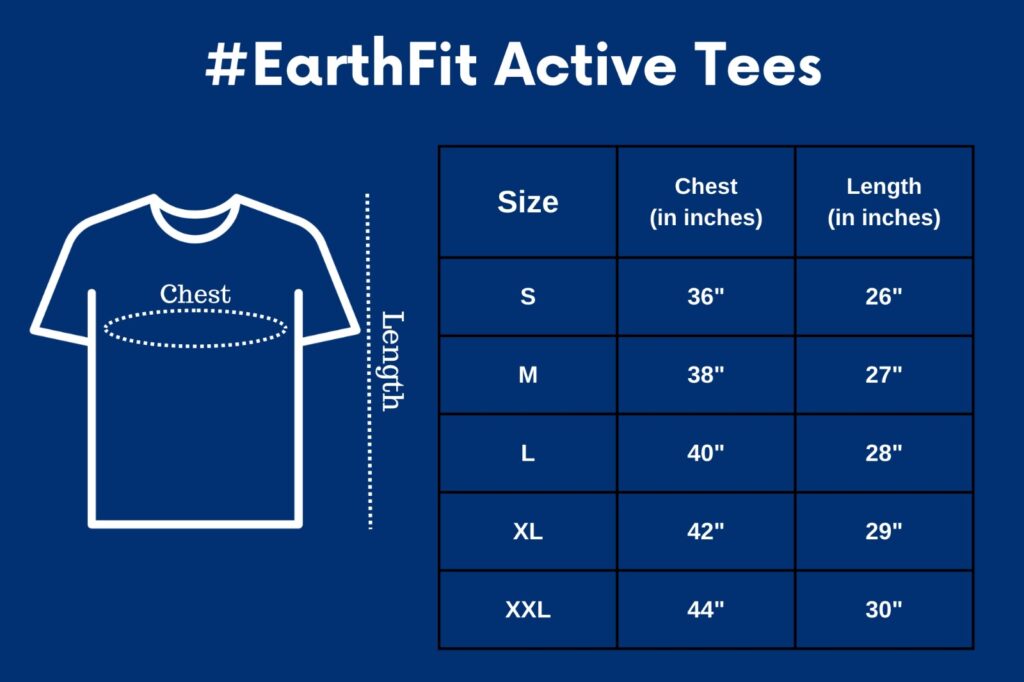
In recent years, the fashion industry has undergone a significant transformation as the world has become more aware of the environmental impact of fast fashion. The rise of sustainable fashion represents a positive shift towards more responsible and conscious choices. By embracing sustainable fashion, we can actively contribute to the preservation of our planet and create a greener future for generations to come. Here is what we have observed and are practicing at Amaani Athleisure.

1: Understanding the Problem:
Fast fashion, characterized by cheap, disposable clothing produced rapidly in response to the latest trends, has taken a toll on the environment. It contributes to excessive waste, water pollution, and exploitation of both natural resources and garment workers. Sustainable fashion aims to combat these issues by adopting practices that minimize harm and prioritize ethical considerations.
2: Choosing Ethical Materials:
One of the key aspects of sustainable fashion is the use of eco-friendly materials. Designers increasingly turn to organic cotton, hemp, bamboo, and recycled fabrics. These materials are grown or produced with fewer chemicals, consume less water, and have a lower carbon footprint. By opting for clothing made from these materials, we reduce our ecological impact and support the development of sustainable supply chains.
3: Promoting Fair Trade and Ethical Labor:
Sustainable fashion also emphasizes fair trade and ethical labor practices. This means ensuring that garment workers are paid fair wages, work in safe conditions, and receive respect for their rights. By supporting brands that prioritize these principles, we contribute to creating a more equitable fashion industry that values the well-being of workers and respects human rights.
4: Embracing Slow Fashion:
Another crucial aspect of sustainable fashion is embracing the concept of “slow fashion.” This movement encourages consumers to buy fewer items of higher quality that are designed to last. Slow fashion promotes a shift away from the disposable culture of fast fashion, reducing the demand for constant production and, in turn, decreasing waste generation. We can reduce our environmental footprint by investing in timeless pieces and making mindful choices.
5: Recycling and Upcycling:
Sustainable fashion promotes recycling and upcycling as a means of minimizing waste. Recycling involves transforming used clothing into new fabrics or products, while upcycling involves creatively repurposing old garments into new, unique pieces. By participating in clothing swaps, donating unwanted clothes, or engaging in DIY projects, we extend the lifespan of clothing and reduce the pressure on our landfills.
Conclusion:
Sustainable fashion offers a path forward that prioritizes the environment, ethical practices, and conscious consumerism. By embracing sustainable fashion, we have the power to make a positive impact on the planet. Through our choices, we support brands committed to sustainable practices, reduce waste, promote fair labor conditions, and foster a more mindful and responsible fashion industry. Let us join hands and be part of the movement towards a greener future—one stylish, sustainable choice at a time.
Amaani Athleisure,
#ThePowerWithin | #TheTimeisNow



